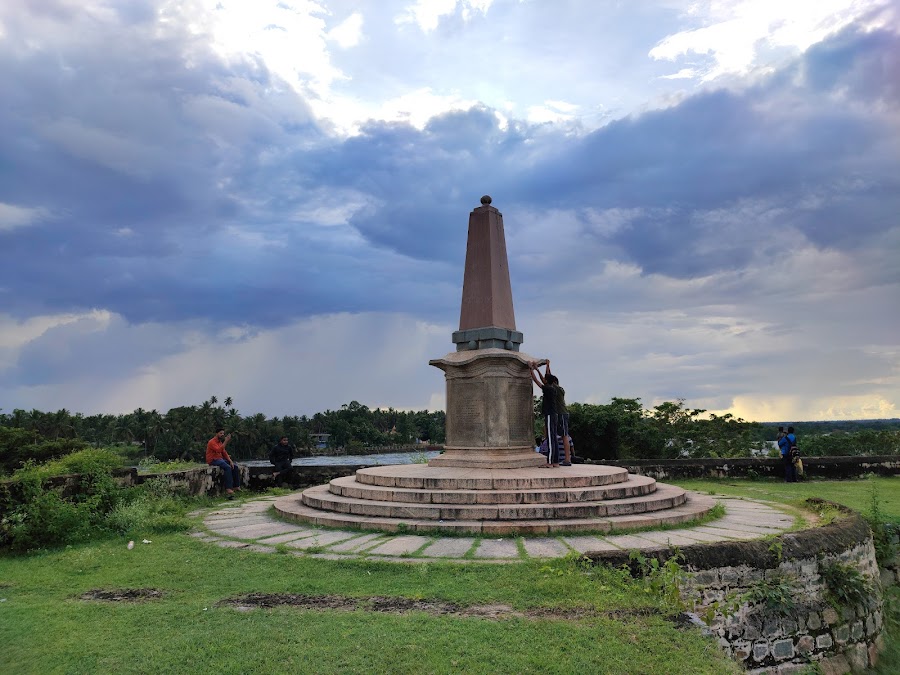
Obelisk Monument
Srirangapatna, India
- Explore nearby historical sites
- Photograph the historical landmark
- Read the inscriptions on the monument
- Reflect on the historical significance
Known for:
Description:
The Obelisk Monument in Srirangapatna stands as a poignant reminder of the tragic Siege of Seringapatam in 1799. Erected by the British, it commemorates the officers who lost their lives during the battle, particularly those who fell when storming the breach in the fort's walls. The monument, a simple yet dignified stone pillar, provides a somber space for reflection on the intense conflict that ultimately led to the death of Tipu Sultan and the fall of his kingdom. The surrounding area is well-maintained, offering a peaceful respite from the bustling town. Visitors can take a moment to appreciate the historical significance of the site and contemplate the human cost of war. The inscriptions on the obelisk detail the names and ranks of the fallen officers, allowing for a personal connection to the past. The monument serves as a significant landmark within the historical landscape of Srirangapatna.
History:
The Obelisk Monument's history is directly tied to the Fourth Anglo-Mysore War and the final siege of Srirangapatna in 1799. The British, under the command of General Harris, launched a decisive assault on the fort, resulting in heavy casualties on both sides. The obelisk was erected shortly after the battle to honor the British officers who perished during the storming of the breach. It serves as a symbol of British victory and a memorial to their fallen comrades. The monument's construction reflects the prevailing colonial attitudes of the time, emphasizing British heroism and sacrifice. Over the years, the Obelisk Monument has been preserved as an important historical landmark, reminding visitors of the pivotal events that shaped the region's destiny. It's a testament to the power struggles that defined the late 18th century in India and the lasting impact of British colonialism.